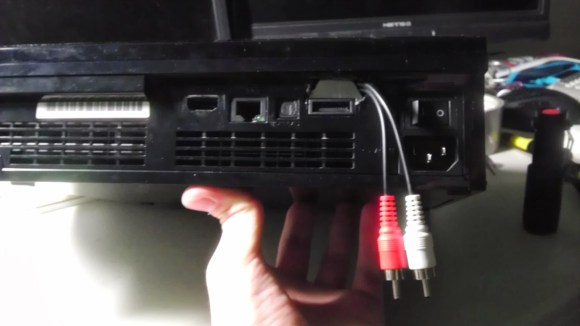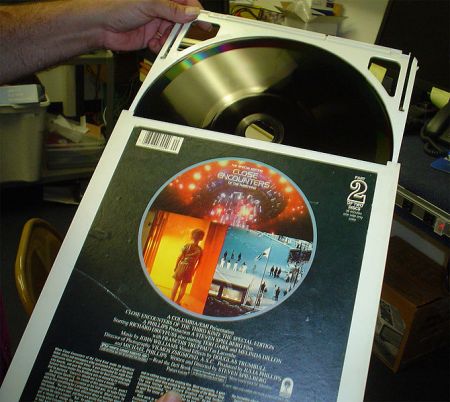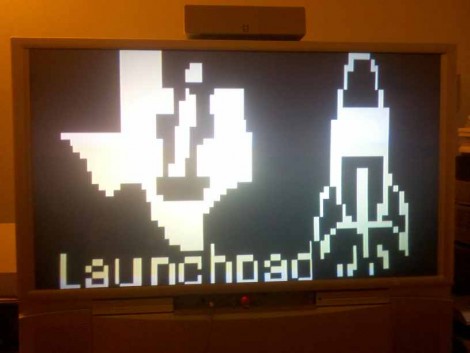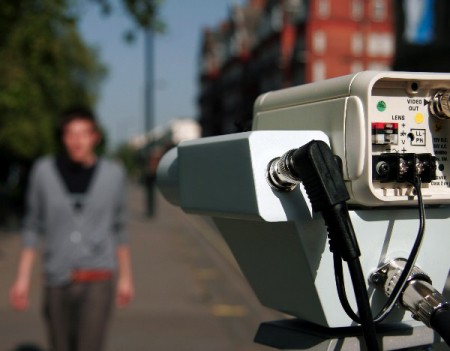
Here’s the scenario: You’ve got the rage to play som CoD (we’re more GTA fans but whatever) but the monitor you’re going to play on has no speakers. You can get a crystal clear image using HDMI, but getting sound is a different matter. What’s the fix? Crack open your PS3 and solder on some audio connectors.
[Paul] knew there is a special cable that breaks out analog audio. Like original Xbox hacking of ages past, there is now plenty of information online about the internals of these machines. He grabbed a copy of the A/V pinout and found the analog audio pins. After soldering on this pair of RCA cables he cut savaged a hole in the case and put the console back together. The machine he’s working with is a salvaged unit with no Blu-ray drive — he links to his past posts on the repair process. You may be thinking what good is it without an optical drive? Remember, this is the beginning of the Internet age… everything is downloadable.














